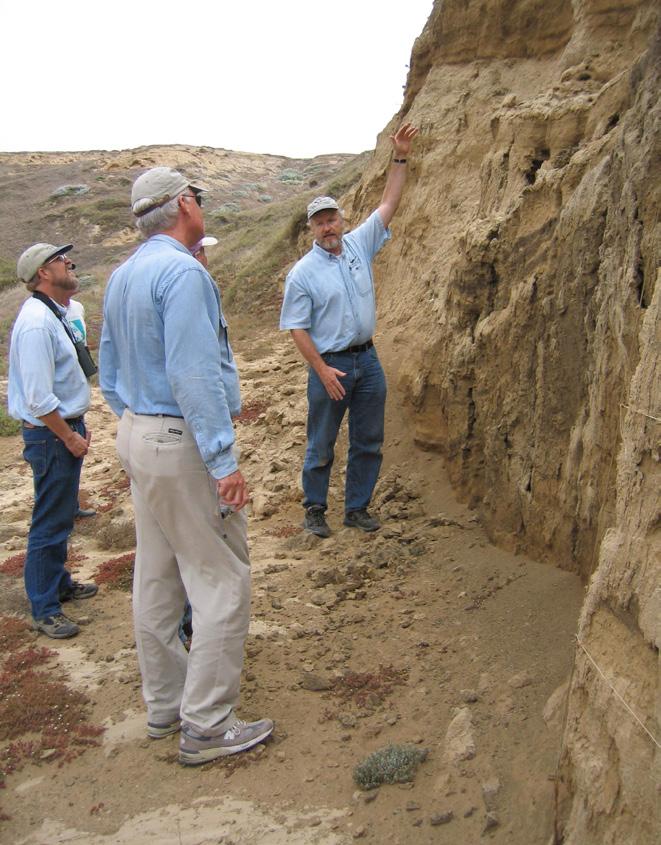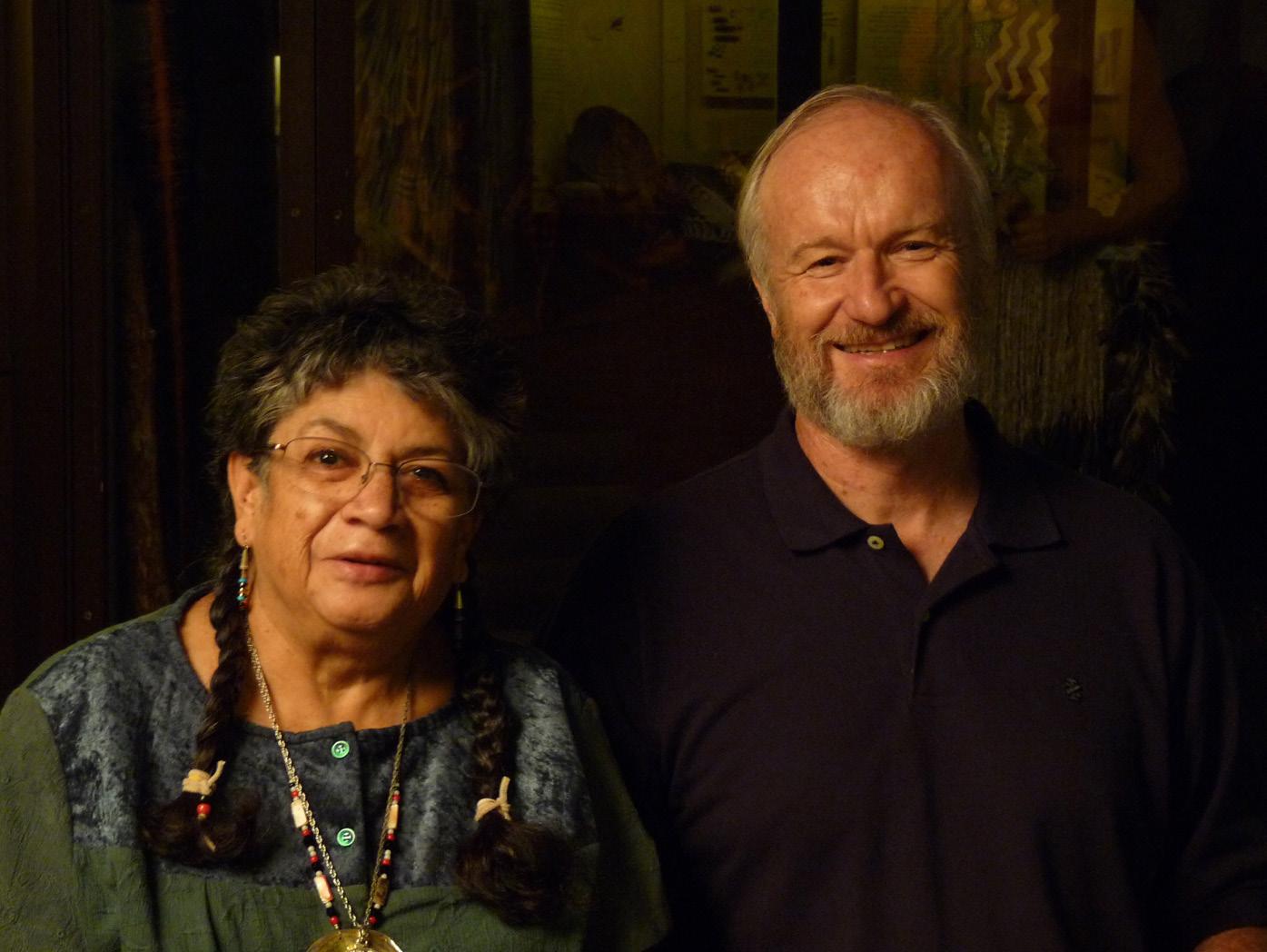
2 minute read
37 YEARS…AND JUST GETTING STARTED!
On Museum staff since 1986, Curator of Anthropology
John R. Johnson, Ph.D., is adding “Emeritus” to his title. Now that he’s retired, he hopes to finally get something done. This attitude will surprise anyone familiar with Dr. Johnson’s extensive legacy of fieldwork, research, and education, but it’s no shock to his fellow curators. They know that opportunities to concentrate on one’s own research are rare. Johnson has many papers—and perhaps a book or two—left to write, edit, and publish.
Advertisement
He has worked in all four subfields of anthropology. An early interest in archaeology led him to linguistics, culture, and genetics. In his experience, all these facets have something to offer.
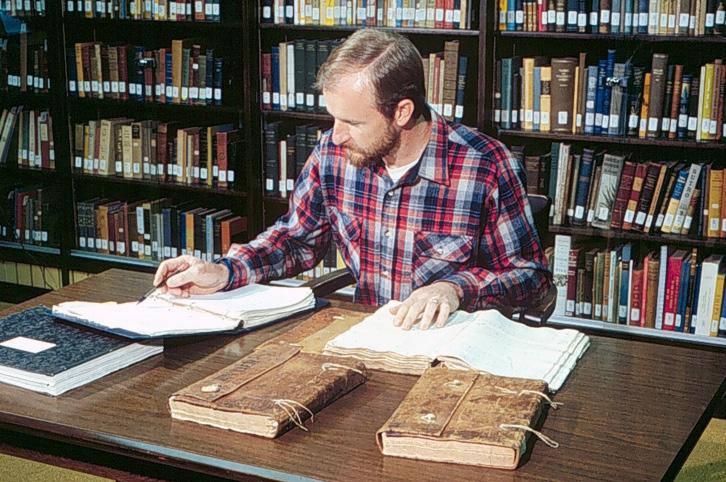
He worked with the interdisciplinary team studying the archaeological site at Arlington Springs to confirm human presence on the Channel Islands 13,000 years ago. Reconstructing genealogies through historic records, he found people with unbroken maternal Chumash lineages, willing to participate in early studies of mitochondrial DNA. His work across disciplines has helped establish scientific evidence supporting what Chumash people have long said: that their ancestors occupied this region for thousands of years.
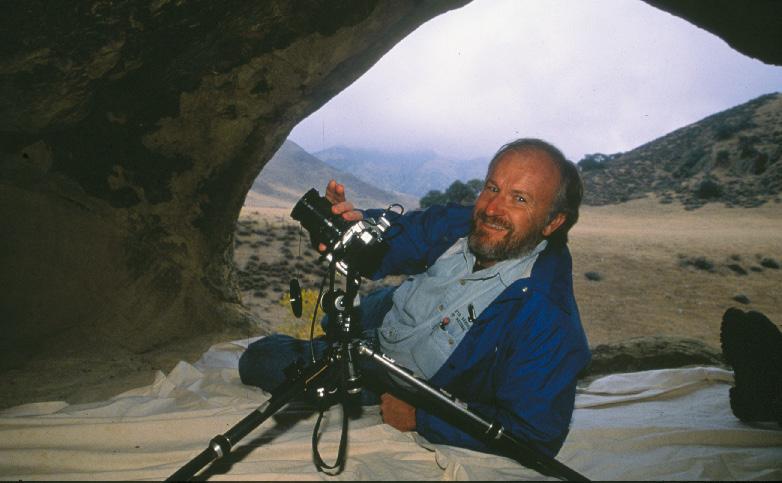
By that millennia-long measure, Johnson is a newcomer to Santa Barbara, but he has not been just a tourist. Born in Long Beach, he fell in love with Santa Barbara as an undergraduate and quickly transferred from Occidental College to UCSB. Working for Los Padres National Forest in the late 1970s, Johnson surveyed routes of proposed fuelbreaks in the backcountry, to help the Forest Service avoid disturbing archaeological sites. “I started wondering, who were the people who lived in these places? That got me interested in finding out the names of the villages,” he recalls.
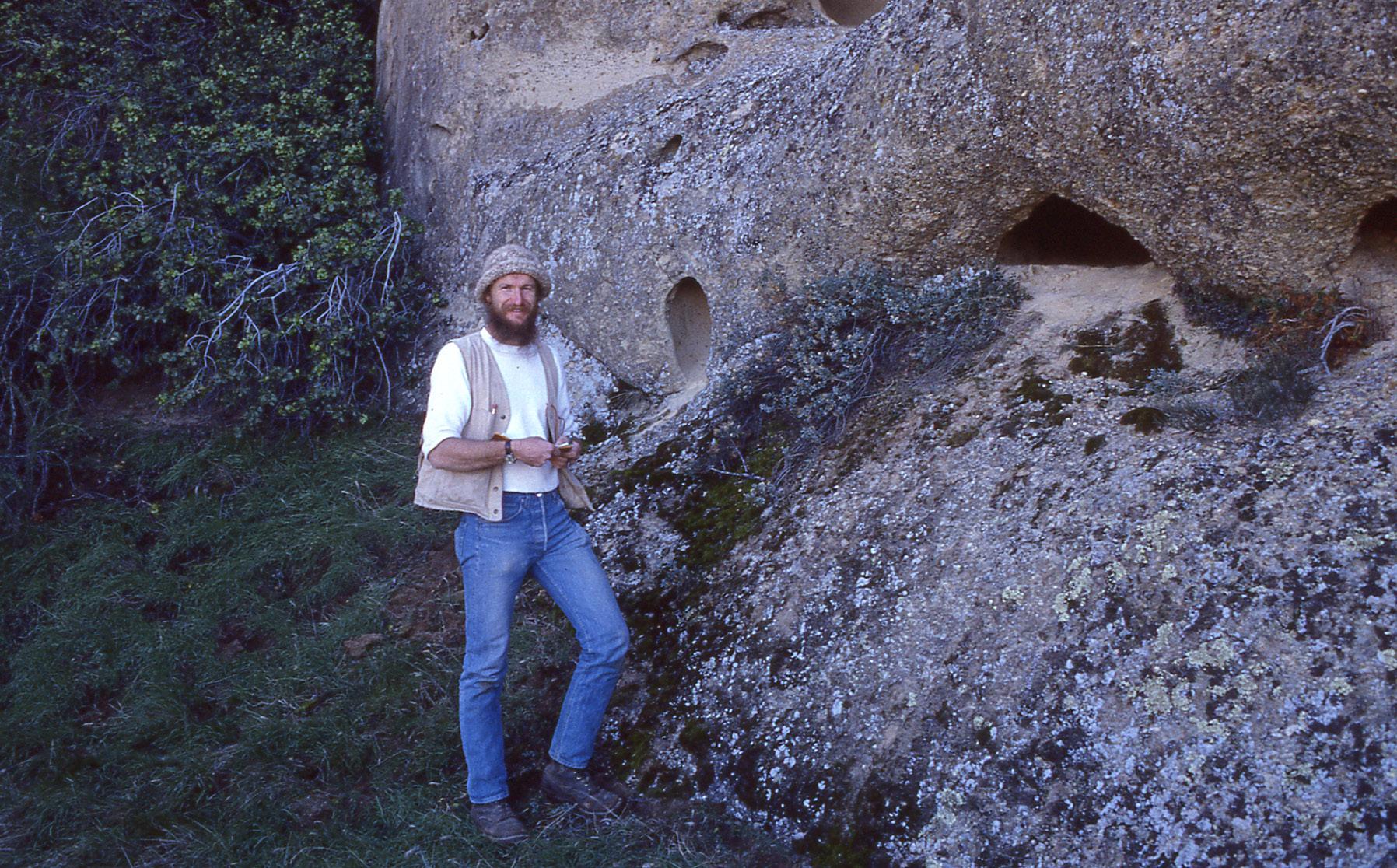
This interest led him to the notes of anthropologist J.P. Harrington, and to the historic records of Chumash people at the missions. Painstakingly collating records of baptism, marriage, birth, and death, Johnson found historic evidence illuminating social customs, village networks, family trees, and colonial struggle. At the Old Mission Archive-Library, he met a young Ernestine YgnacioDeSoto (now a Chumash elder), whose mother, grandmother, and greatgrandmother all worked with Harrington to record aspects of Chumash culture. Collaborations with Native American lifelong friends like Ygnacio-DeSoto have been the pride and joy of Johnson’s career.
Another source of deep satisfaction is the ongoing discovery of evidence. “I’ve delved and studied these old records for more than forty years, and I’m still learning new things,” says Johnson. “All those people who lived back in mission times, they aren’t just names to me. They come alive. The world they lived in wasn’t black and white. It was rich and nuanced, and they had agency.”
Johnson recently published research about Saticoy, a vital Chumash enclave in mid-1800s Ventura, led by a female chief named Pomposa. Johnson is excited to give “a fuller picture of that community, and help connect descendants with their cultural heritage. This kind of research never gets tiring.” We will follow Johnson’s future career with great interest.
Further reading: Johnson, “The Chumash Community at Saticoy” in Journal of California and Great Basin Anthropology 43(1), 2023.
